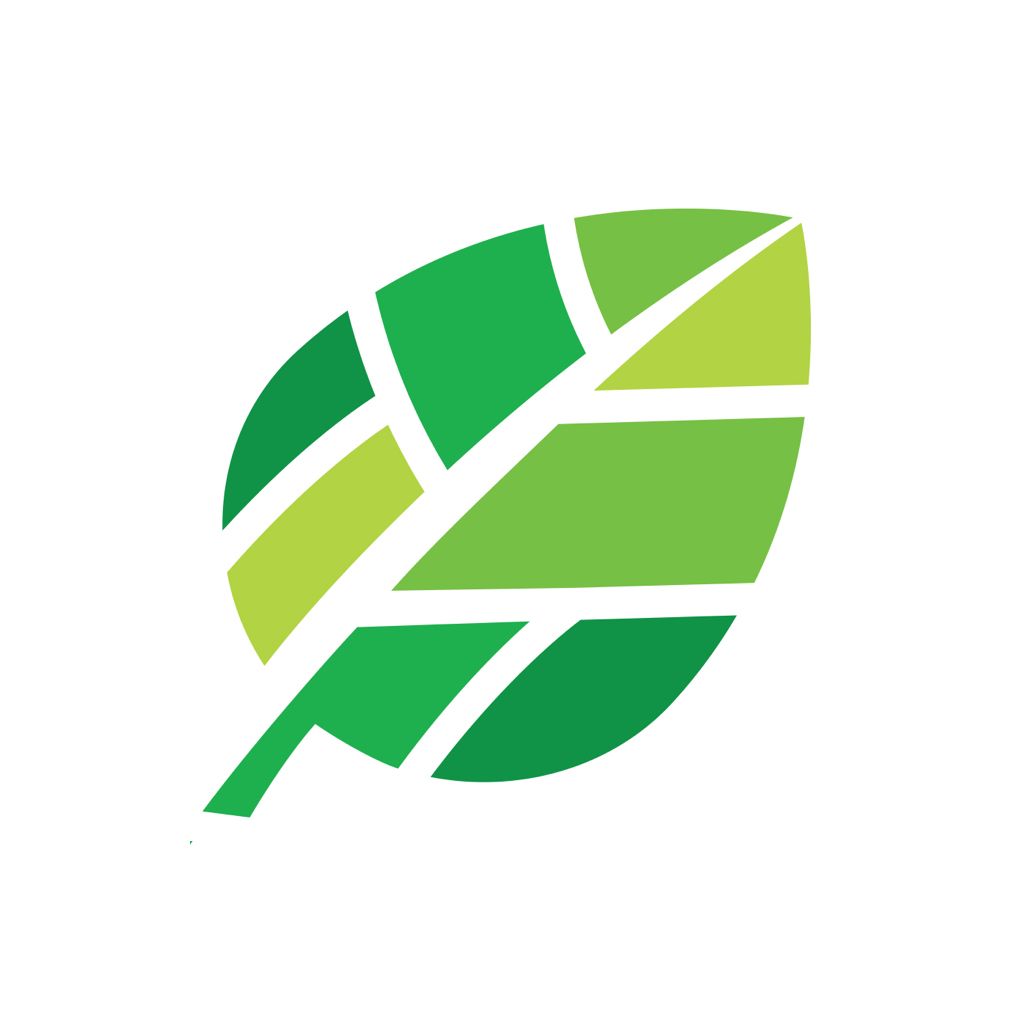1,007 reads
An App that Identifies Pests and Plant Diseases on the Go
by
July 6th, 2022
Audio Presented by

Agrio is a precision agriculture solution that helps you to identify and treat plant diseases and pests.
About Author
Agrio is a precision agriculture solution that helps you to identify and treat plant diseases and pests.